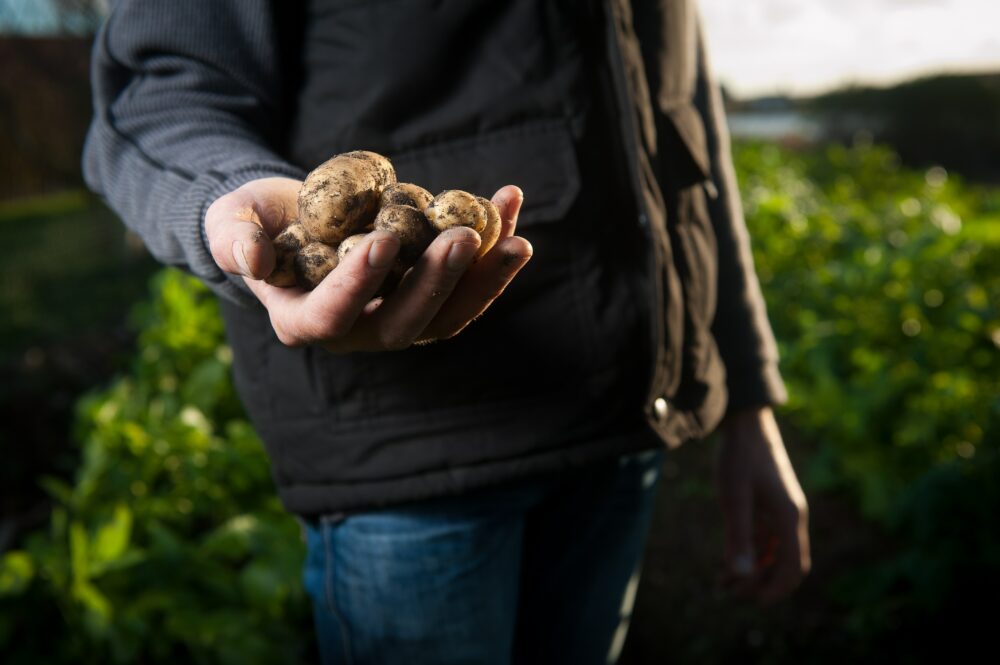If this is your first time to our blog I would recommend reading up on our previous posts about APH (Actual Production History) –
In Crop Insurance you have to elect your Coverage Level. Coverage levels vary from 50% – 85% in 5% increments. From our experience most producers are at the 70-75% coverage levels. However, you need to keep in mind this is affected by Unit Structure*.
In weighing your decision on which coverage level to consider you need to take into account the Premium Subsidy Factor. See the chart below for an example (chart from 2015) –

As you can see the Premium Subsidy for the various Coverage Levels vary from 38% to 80%. Note – CAT = Catastrophe Coverage. There is a flat policy fee associated with CAT policies. Currently it is $300 per crop per county. This is subject to change though. Not many Farmers elect to take CAT coverage. They typically are in a buy up coverage level.
To help you better understand the Premium Subsidy Factor here is an example. Let’s say a Farmer elects to 70% Coverage Level (Optional Units), and their Gross Premium is $50,000. The premium they would owe would actually be $20,500.
- Gross Premium $50,000
- Premium Subsidy $29,500 ($50k x 59%)
- Net Premium (Premium Farmer Owes): $20,500
The $29,500 premium subsidy is paid by the United States tax payers as part of the Farm Bill. This is one of the costs associated with that program. Without the premium subsidy Crop Insurance would be difficult for most Farmers to afford. Understanding how Premium Subsidy factors work is an important concept regardless of what will come.
*Unit Structure – more on that later. Subscribe to blog to learn more
Continue to check out our blog as we dive deeper into Crop Insurance to help educate you.
Disclaimer
There are a lot of rules behind this program, so the above information is very high level. You will want to take a deeper dive into understanding the program before making a purchasing decision. Keep in mind the above information is for informational purposes only, and does not replace anything found in the Crop Insurance Handbook, Loss Adjustment Manual, RMA’s website, etc. Always consult the Crop Insurance Handbook, Loss Adjustment Manual, RMA’s website, etc. before making a purchasing decision. Any discrepancy between the above information and the policy is not intended. The information provided in this article does not supersede policy and procedure. Any changes to the policy and procedures may make this material obsolete.








